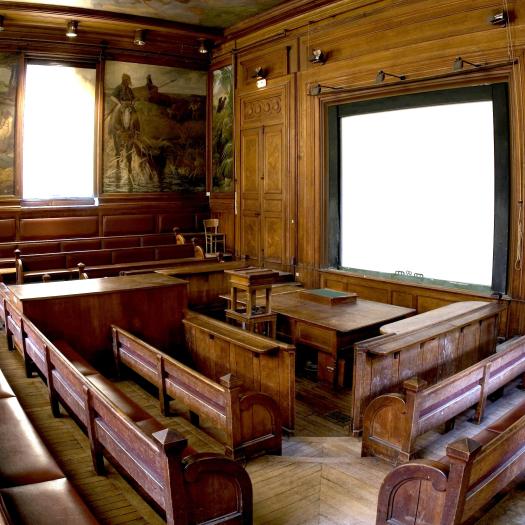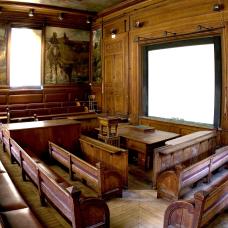PhD Defense - Béatrice Below


La soutenance aura lieu sur le campus Pierre et Marie Curie de Sorbonne Université (4 place Jussieu 75005 Paris), salle de Conférences de l’UFR TEB, Tour 46-56, 2e étage
The jury will be composed of:
Abstract
On March 20, 2023, the IPCC released its synthesis report for the 6th assessment cycle, indicating that the point of no return is closer than ever. Indeed, the global surface temperature has risen by 1.1°C compared to the pre-industrial period. The upper part of the Paleocene and the Eocene (-56 Ma to -34 Ma) has been the focus of extensive paleoclimatic studies due to various climate disruptions, some of which led to a global warming of 5°C over several thousand years. In just 100 years, we have replicated 1/5th of the Eocene’s climate change. The Paleogene (-66 Myr to -23 Myr) thus, serves as an excellent observatory to understand the Earth’s climate system in the context of global warming, prompting numerous paleoclimatic studies. To better understand the climate of this period, a majority of these studies turn their attention to sedimentary archives, such as foraminifera. Measurements of the oxygen isotopic composition and the Mg/Ca ratio are now widely used tools applied to these bioindicators to trace past ocean temperatures. However, like all proxies, these are particularly sensitive to diagenesis as well as ocean chemistry. To overcome these biases, it becomes crucial to complement the geochemical proxies commonly used with independent proxies. Empirical data suggest, for instance, that the porosity of planktonic foraminifera tests may depend on the water temperature in which these microorganisms evolve. In oceanic environments, one of the controlling factors of dissolved oxygen levels is temperature. Greater porosity of foraminifera tests is likely to enhance gas exchange, thereby facilitating metabolic functions. This thesis proposes the application of traditionally used geochemical proxies, compared to porosity measurements on two species of planktonic foraminifera, from past and present. Ultimately, the objective is to provide a first porosity-temperature calibration to refine climate reconstructions to be compared with models across the Paleogene.



